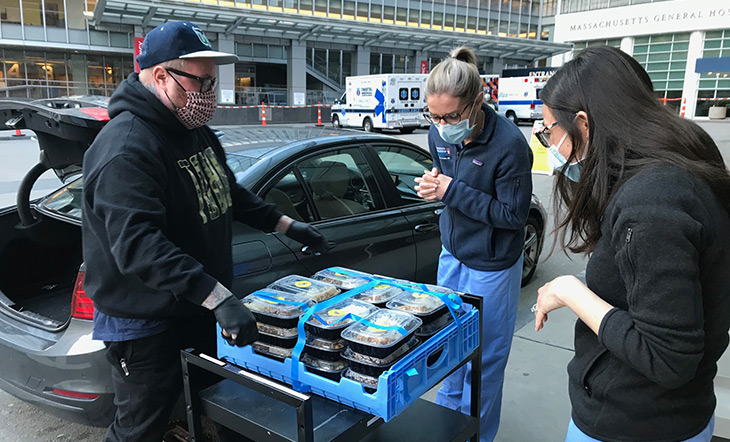Get the Most Out of the CARES Act
Attorneys share key insights on paycheck protection
Maggie BordenApril 14, 2020

ICYMI, this spring we're hosting daily webinars as part of our Industry Support learning series. Over the past two weeks we've touched on insurance plans in the time of coronavirus, accessing food stamps, TikTok for chefs, and more. Below, we're sharing insights into the Paycheck Protection Program (part of the CARES Act) from the attorneys at the Law Office of Arnold Porter, from eligibility requirements to loan amounts and terms.
1. The Paycheck Protection Program (PPP) is a loan program to help small businesses continue to pay workers and certain other set expenses in order to avoid shutting down entirely. Congress appropriated $350 billion to PPP, but it is being given out on a first-come, first-served basis.
2. PPP has expanded the eligibility requirements beyond the small business administration loan standard requirements. Eligible businesses include nonprofits, veterans' organizations, tribal businesses with 500 or fewer employees per location, self-employed individuals, sole proprietors, and independent contractors (for example, food truck owners, etc.).
3. How to calculate your PPP loan:
- Loan amount = the average monthly payroll cost over last 12 months multiplied by 2.5.
- If you weren’t in operation for 12 months, use the first two months of 2020.
- If you’ve obtained an Economic Injury Disaster Loan (EIDL) you can re-finance through PPP.
- Calculating payroll costs:
- Includes gross compensation, a.k.a. salary, wages, commissions, tips, vacation, family leave, sick pay, contributions to health care, retirement benefits, and state/local taxes.
- Excludes compensation to any employee who makes more than $100K (their compensation should be capped at $100K), payments you make to an independent contractor, FICA tax, credit under the Families First Coronavirus Response Act, and any employee whose principal residence is outside of U.S.
4. PPP funds can be used for payroll costs, utilities, and rent or mortage interest for agreements entered before February 15, 2020.
5. PPP loans have a two-year term with an interest rate of 1 percent. All lenders are required to defer payments on covered loans for six months, including payments of principal, interest, and fees.
Watch the full webinar for information on EIDL, loan forgiveness, and more.
Check out what's on-deck for our webinar series.
Our team would like to know what topics you would like us to cover. Please email us at impact@jamesbeard.org with your suggestions on speakers, resources and issues you would like us to host.



-57 web.jpg)


